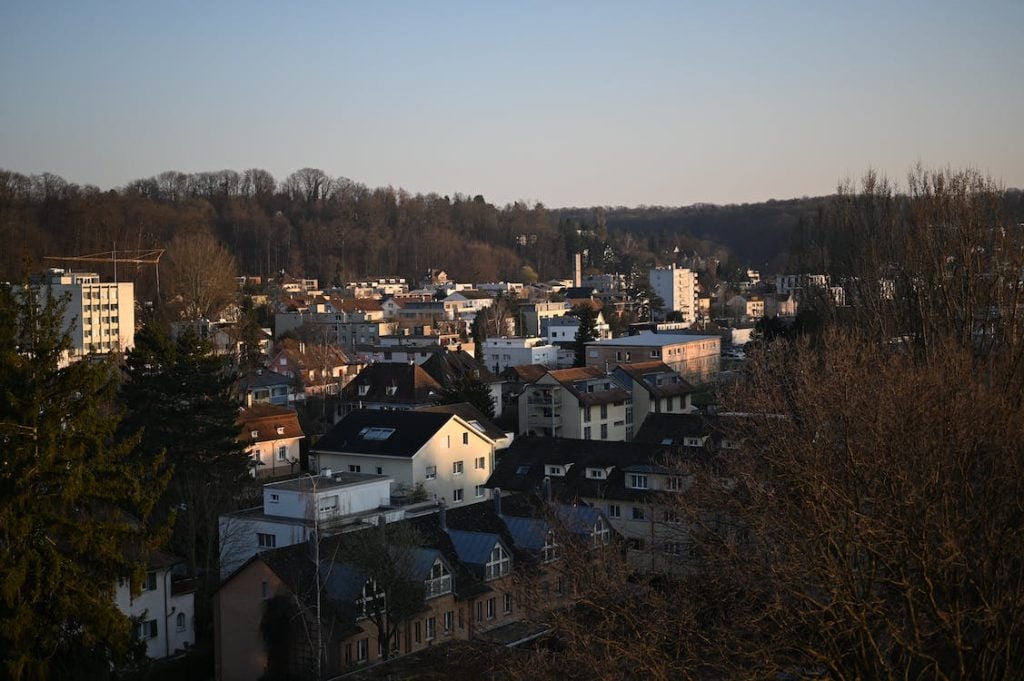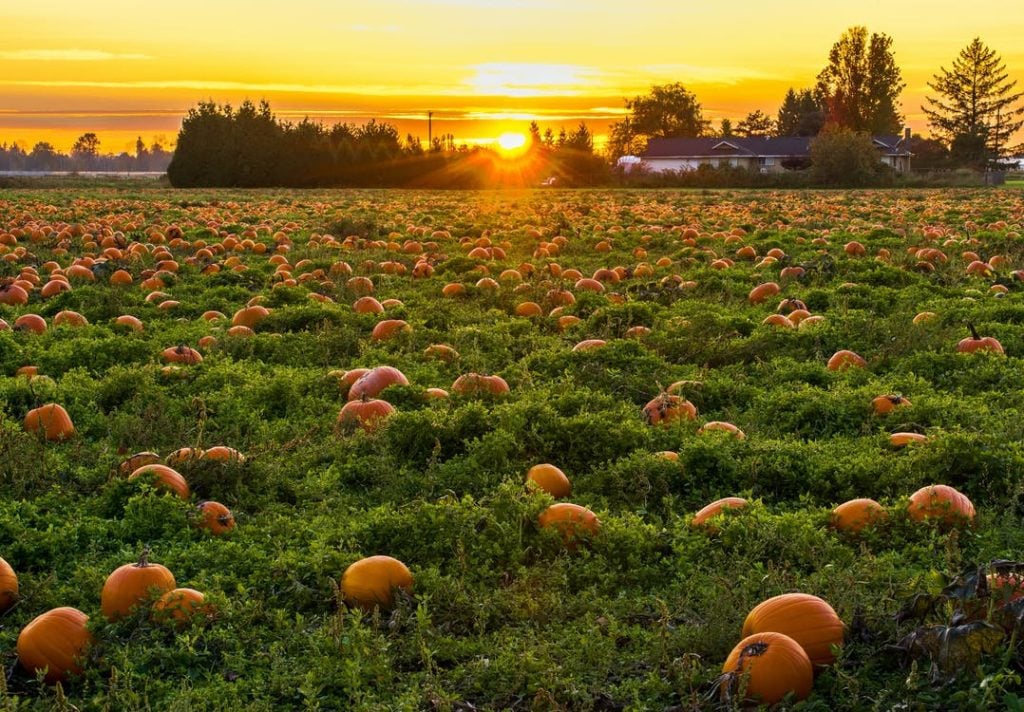BLOGS
Advantages of Forest Cities
“Once upon a time, forests were repositories of magic for the human race.”
–John Burnside, Scottish Writer
Forests are considered as magical places for some people, especially for the children.
Moreover, forests are considered a wonderful place because of the tranquility it brings to people.
The concept “forest city” refers to urban plans that are developed to combine urban infrastructures with local vegetation that is native to the ecosystem in which the city will be crafted.
The forest city has some features of current urban fashion trends as well.
The notion of the smart city planners embracing the concept of increasing the percentage of green areas is what gave rise to the concept of forest cities in the first place.
The proportion of forest to city can be increased in two ways.
The first way is through the preservation of forested areas that are already present, whether they are interior, nearby, or remote; second, through the implementation of urban planning proposals that bring back forests to cities, like green gardens or urban micro-forests.
The first method was introduced by the coalition of 84 cities known as City4Forests.
In its purest form, a forest city is a type of natural symbiotic city or area.
Rather than annihilating the surrounding habitat, a forest city takes advantage of the natural environment’s many positive attributes.

Here are the Advantages of a Forest City:
1.) Forest Cities Bring Green Spaces for Quality Life
Lowering emissions of greenhouse gases while simultaneously enhancing air quality.
The presence of vegetation has been shown to act as an agent that, while it might not be able to completely eliminate air pollution, it does help to mitigate its effects.
The greater the amount of green space, the higher the quality of life.
It has been demonstrated that the presence of green spaces contributes to the overall wellbeing of the people who live in the surrounding area.
There is a connection between mortality and trees, green spaces, and other green environments, and this connection is reported in the literature.
Having a greater number of trees, particularly those of the appropriate mature species that have been planted in the appropriate locations, has the potential to lower levels of particulate matter and other types of air pollution, which may in turn lower the mortality rates and morbidity in the urban centers.
In addition to reducing atmospheric pollution, the presence of trees has a variety of additional direct and indirect positive effects on human health and wellbeing.
There is a significant correlation between the presence of trees and other forms of greenery in the environment and lower levels of depressive symptoms, as well as higher levels of happiness and overall life satisfaction.
2.) Forest Cities Bring Good Economy
Trees offer many ecosystem services that can be beneficial to the environment of a city, ranging from lowering the amount of energy used and removing pollution to raising the value of property, fostering the growth of the local economy, and providing support for tourism.
It is approximated that trees alone across the United States can provide annual value of $18.3 billion owing to the fact that they remove air pollution, reduce the amount of energy used in building construction, sequester carbon, and prevent the emission of pollutant gases.
The numerous benefits and important ecological functions that trees offer make it possible for there to be a positive return on investment from investing resources in tree planting and maintenance.
The above high return on investment can be several times the amount of capital invested over the course of time.
The said return on investment does not take into account all of the potential benefits.
Additionally, the presence of shade trees can slow the rate at which roads and pavement surfaces age, encourage customers to visit a shopping district, and raise the price at which a home can be sold.
A quality landscape that includes trees that are properly maintained can result in a rise in rental rates, provided that the trees do not obstruct the view of an office building.
A tree that has been planted correctly can cut down on the amount of energy that is consumed, which in turn can lower the cost of monthly energy bills.

3.) Forest Cities Bring Abundant Resources
A community not only stands to gain economically from trees in the city, but it also stands to gain other resources, including food, from them.
The concept that trees can both contribute to a sense of well-being and provide food security is not a novel one.
In point of fact, agroforestry was historically acknowledged as a means to achieve the Millennium Development Goals set forth by the United Nations.
Agroforestry is the practice of using a variety of tree species to help ensure the long-term availability of food and adequate nutrition.
People who are in need of nutrient-dense food have access to urban orchards, also known as urban food forestry, which can be an effective way to reliably provide food at no cost or at a reduced price.
Residents of the cities can benefit from the trees that line urban streets in many different ways. In New York City, 88 percent of the tree species that are present are usable for things like food, medicine, and other things, and 9 out of 10 of the most prevalent tree species are included in this number.
The “Incredible Edible” movement is a good illustration of how vacant plots of land in urban settings can be utilized to cultivate food as a means of reducing the number of “food deserts” and fostering community.
The cultivation of urban orchards in vacant lots has the potential to be a useful strategy for combating hunger while also strengthening community ties.
According to Larondelle and Strohbach, urban foraging isn’t always done in places where there are more opportunities, and as a result, it does not always get the attention it deserves as a potential solution for food security.
The benefits that trees provide to both people and the planet cannot be overstated.
Multiple studies have shown that the presence of trees and urban nature can enhance the mental and physical health of people, as well as students ’ attention and exam results, the real estate values in a neighborhood, and a variety of other factors.
Our cities’ urban centers are cooled by trees. The presence of trees is critical to the health of both people and communities.
With this said, don’t you think it is crucial to live in a community filled with trees?

Vista Alabang is a luxurious community surrounded by greens.
The luxurious residences of Portofino Heights, Portofino South, and Amore are encircled by verdant landscapes and open areas that have been made even more stunning by Greenscape, which is an in-house landscape management system at Brittany Corporation.
Be prepared to be amazed by the distinctive courtyards that are complemented by Italian architectural details such as cupolas, gabled roofs, and pocket gardens.
In addition, for the sake of both aesthetics and safety, every community has all of its power, cable, and communication lines buried completely below ground. ‘
As a result of this, additional room has been made available for sidewalks and trees.
The property owners were able to take advantage of every amenity that was available, including those geared toward relaxation, recreation, and socializing.
You won’t have to deal with any noise or air pollution when you get up in the morning. Portofino is the place to go for a luxurious lifestyle.
Suggested Read: 8 Ways To Make Friends In A New Condo Community
Suggested Read: Strategies And Ways To Find Buyers For Your Listings
Suggested Read: Forests As One Way Against Climate Change
Suggested Read: What Is It Like Living In Crosswinds
Suggested Read: Why live Within A Pine Tree Forest















